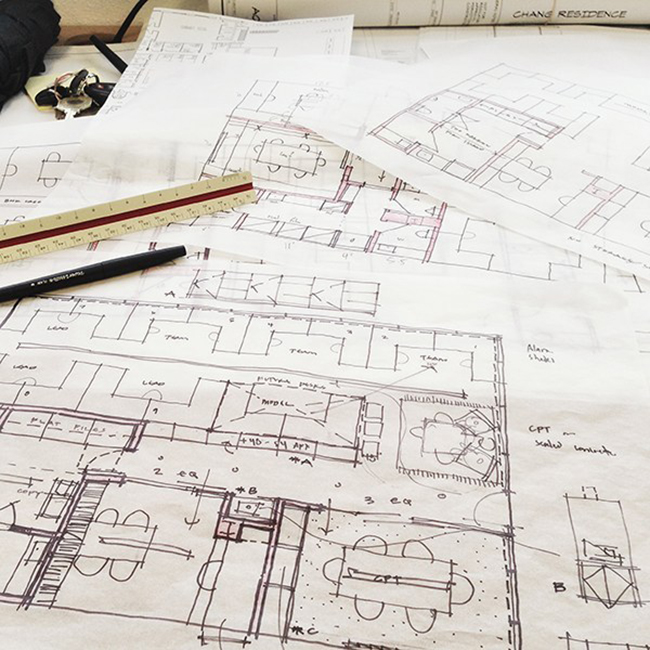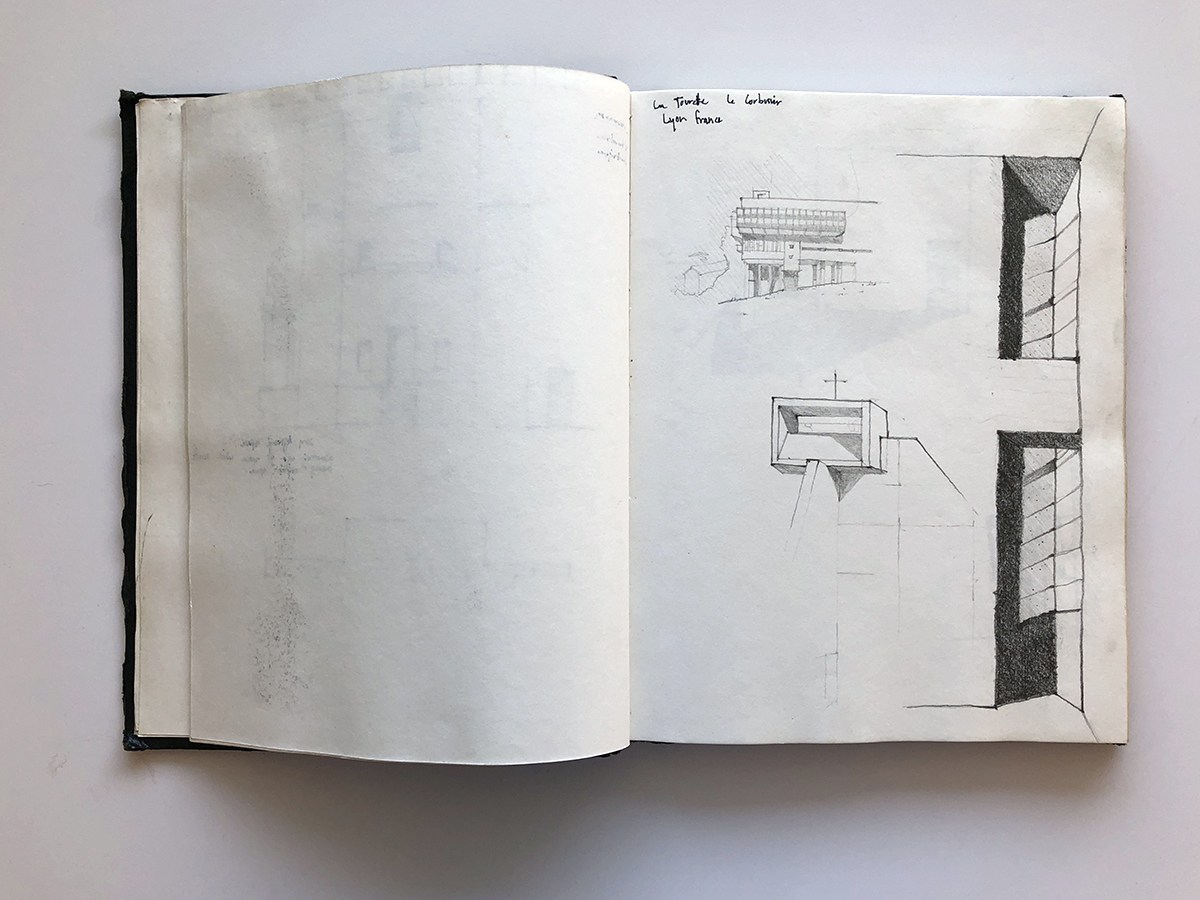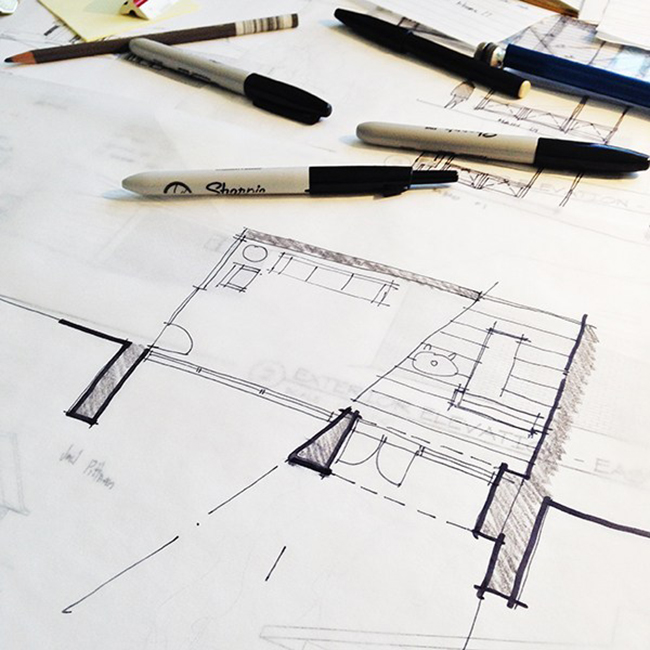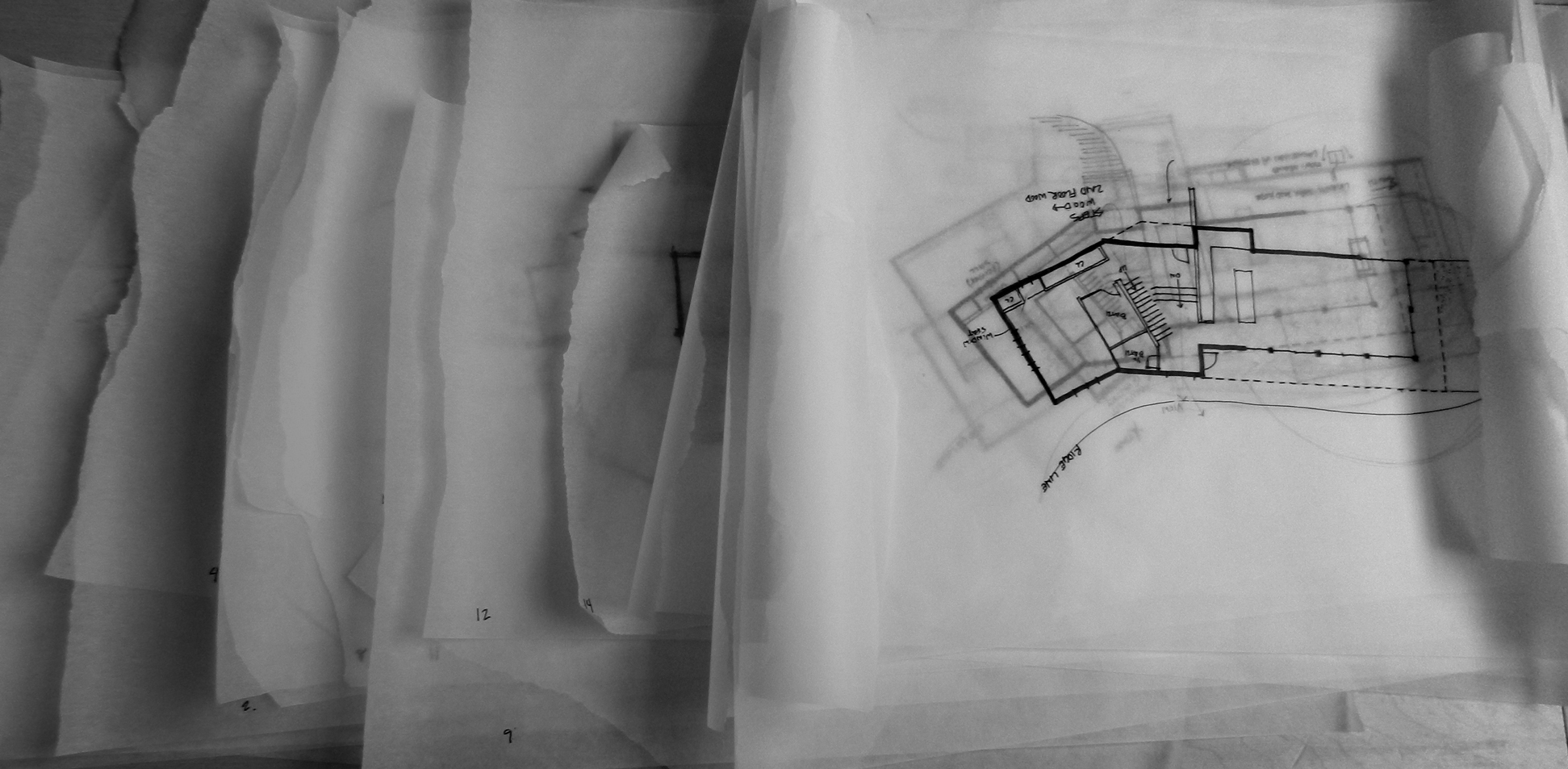The jury's votes are in — Architizer is proud to present the winners of the 2025 Vision Awards! Join the program mailing list and continue celebrating the world's best architectural representations by clicking here.
“Drawings are architecture’s ultimate storytellers.”
The words of Marc Kushner lie at the heart Architizer’s inspiring ideas competition, the One Drawing Challenge. The competition poses a simple question: Can you tell a powerful story about architecture through a single drawing?
One of the jurors for the One Drawing Challenge is Bob Borson, architect at Malone Maxwell Borson Architects and founder of one of the most popular architecture blogs on the internet, “Life of an Architect“. Bob has been writing for years about drawings as powerful tools for communicating ideas, from conceptual sketches to detailed construction documents. Borson sat down with Architizer to talk about the art of drawing, including some hints about what entrants should aim for when creating their submissions for the One Drawing competition:
Paul Keskeys: You still draw by hand a lot, a process that increasingly seems to be skipped by young architects these days. What do you gain from hand sketching, and what advice would you give to designers who tend to avoid it?
Bob Borson: There are a few things that I feel are beneficial when you draw by hand. The main benefit is probably the simplest thing imaginable … speed. When I bring up the idea of speed most people instantly assume this means that I can sketch through my ideas faster than someone who has to interface through some sort of technology, but that’s not what I mean at all (there are some people out there that are pretty darn fast using current technology!)
When I sketch, I think it slows my thought process down and forces me to think through my idea a bit more completely in my effort to actually be able to draw it out in a manner that allows someone else to understand what I am trying to convey.

Borson sketches out plans during the early stages of a project; image via Life of an Architect
Your drawings encompass architecture at every scale, from broad conceptual ideas to the tiniest details. How do you decide when to “zoom in” to small areas of a project, and what do you gain from drawing at this scale?
It really depends on the problem that I am trying to solve, and what stage of the project I am working in. When the scale of the project is “broad” I am not trying to talk about the details; everything is far more diagrammatic in the beginning. It isn’t until I am trying to work through the assembly of the project that I start drilling down and enlarging the scale of the sketches I am creating.
Which of your drawing-related articles on Life of an Architect is most popular, and why do you think it is?
It’s got to be “Architectural Sketching or How to Sketch like Me“. Since I have so many different posts on sketching, I’m not sure why this one is the most trafficked post covering sketching on my site. It probably has to do with the fact that I don’t think sketching is a gift but rather a skill that can be learned and this is the posts where I walk through the 5 tips and techniques that I think anybody can incorporate in just a few minutes and their sketches will look better.
Unfortunately, I feel like a lot of architects don’t sketch because they think they are bad at it and feel some sort of embarrassment about their attempts — this is the post that I think can change that for many people.



Borson’s travel sketches created during college; images via Life of an Architect
In your opinion, what are the three worst habits of architects when it comes to drawing?
The worst is probably not sketching at all. I think most people would agree that the more they sketch, the better they become.
Other bad habits are fairly user-specific but when I talk with people in my office about sketching, the things I try to get them to quit doing is drawing over their lines (i.e. instead of one single line, theirs will be five or six little lines put together) and the other is to not bend your wrist when trying to draw straight lines. It’s rather amazing how much better a sketch will look when your lines are relatively straight.
Which architect’s drawings inspire you the most? Is there a specific drawing that has blown you away the moment you’ve laid eyes on it?
There’s not really any one person or drawing that inspires me – it tends to be a collection of sketches that someone has created over time that tends to blow me away.
Actually, as I sit here trying to answer this question, the name that comes to mind is a friend of mine who left the field of architecture to help out with the family drywalling business. He was the person who initially inspired me to work on my sketching and gave me some of the tips that I mentioned in answer #3 that changed everything for me.

Borson places emphasis on line weight and hatching style to communicate design intention; image via Life of an Architect
What qualities will you be looking for when judging the entries in this year’s One Drawing Challenge?
First and foremost it will be pen weight and hatching techniques. There are levels of skill that become more prominent as the people become more and more comfortable with how they sketch. Sketches should be easy to read and pen weight and hatching are what separate the great from the amazing.
The jury's votes are in — Architizer is proud to present the winners of the 2025 Vision Awards! Join the program mailing list and continue celebrating the world's best architectural representations by clicking here.
Top image via Studio MM




